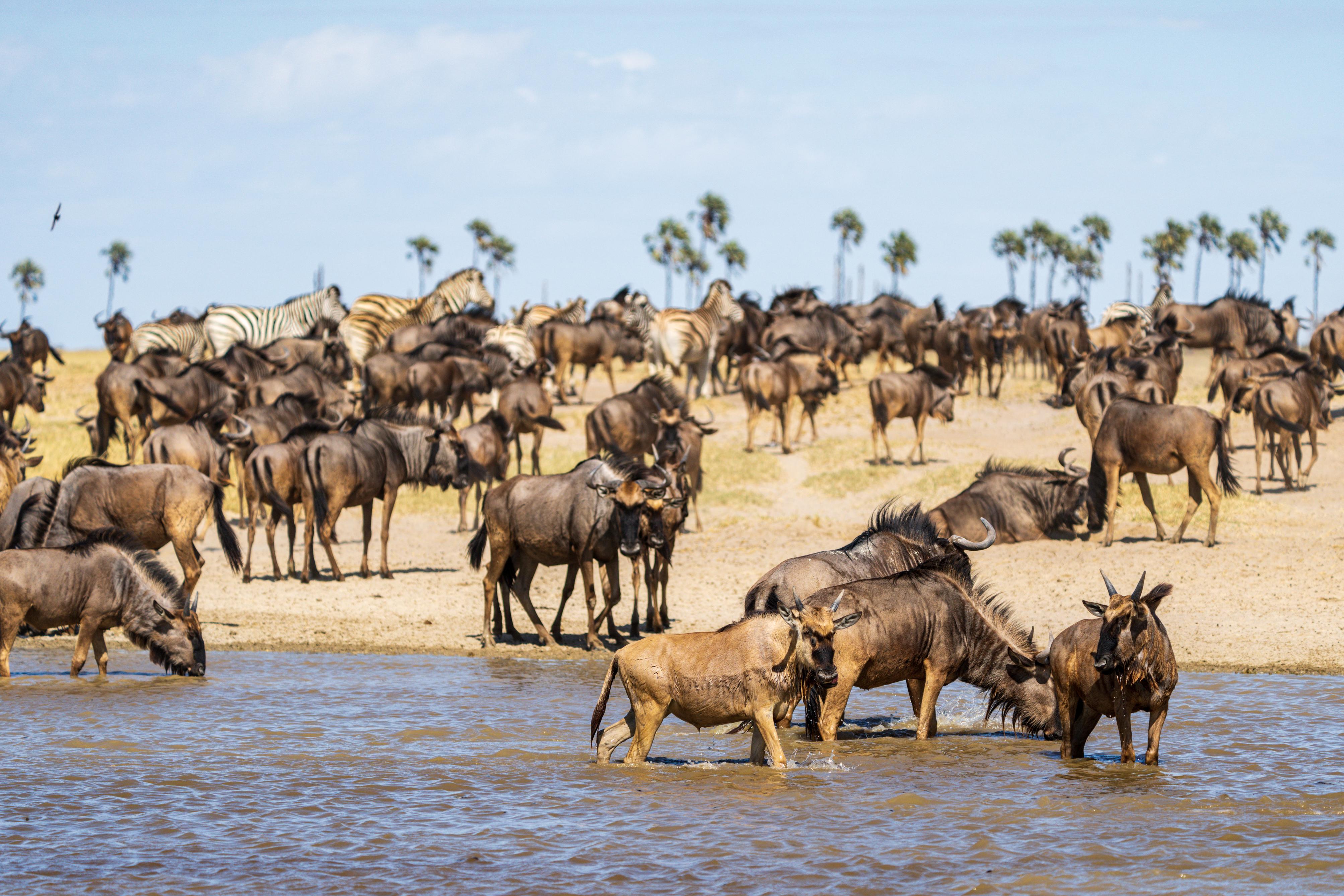
In December 2022, 196 countries gathered in Montreal, Canada for the 15th Conference of the Parties to the Convention on Biological Diversity (CBD COP 15) to agree on new global goals on biodiversity in a framework that will be implemented over the next decade, with the objective of promoting a healthy planet and human well-being.
This framework, the Kunming-Montreal Global Biodiversity Framework (GBF), includes an ambitious new set of global biodiversity goals and targets, monitoring framework, strategy for resource mobilization and a mechanism for implementation.
Replacing and updating the previous global strategic plan for biodiversity created in 2010 (the Aichi Biodiversity Targets), the GBF is the Paris Agreement for biodiversity, setting the direction and ambition for global biodiversity action and funding for the next decade.
Learn More
United Nations Convention on Biological Diversity
The Conference of the Parties (COP) refers to the annual meeting of the member countries of the 1993 United Nations Convention on Biological Diversity (CBD). The COP meets every two years to discuss and advance the implementation of the Convention.

Why the world needs biodiversity action
Nature is declining globally at rates unprecedented in human history, with 1 million animal and plant species currently threatened with extinction by 2030. Transformational change is needed to avoid emptying nature’s bank of resources, depriving future generations of the resources that they need and pushing us to irreversible tipping points, worsening the food and energy crises.
Through the GBF, countries are now committed to ambition actions commensurate with the scale of this biodiversity crisis. The goals and targets set the trajectory for creating the transformational change needed to ensure that biodiversity loss is halted and reversed by 2030.
What's in the Global Biodiversity Framework (GBF)?
The GBF was agreed as a package — it includes:
4 Global Goals: Four long-term outcome-oriented goals toward achieving the 2050 Vision for Biodiversity
23 Targets: 23 action-oriented targets for urgent action through 2030, which together, will help achieve the 2050 goals
Resource Mobilization: Special trust fund for biodiversity, agreement for countries to create national finance plans, development of the first phase of a resource mobilization strategy (2023-2024)
Monitoring Framework: High-level ‘headline indicators” to capture the overall scope of the goals and targets and ad-hoc technical advisory group established to refine the monitoring framework prior to COP16 in 2024
Implementation Mechanism: Guidance and timeline for updating and revising the National Biodiversity Strategies and Action Plans (NBSAPs) by COP16 (2024), and national reports in 2026 and 2029
Digital sequence information: Multilateral fund for the equitable sharing of benefits from digital sequence information on genetic resources, to be finalized at COP16 in 2024
The final agreement reflects many of Conservation International’s policy objectives including:
- “Nature Positive”: The 2030 mission integrates the definition of nature positive, to “halt and reverse biodiversity loss”.
- Nature’s Contributions to People: There are targets focused on nature-based solutions for climate (Target 8) and for air, water, food, and disaster reduction (Target 11).
- Sufficient financing: The GBF aims to close the $700 billion a year funding gap, including the reform of up to $500 billion a year in harmful subsidies (Target 18), mobilizing $200 billion a year for biodiversity, with at least $30 billion a year of that flowing from developed to developing countries by 2030 (Target 19.1), and establishing a new trust fund under the Global Environment Facility dedicated to providing financing for the GBF — with the ability to accept private sector funds.
- 30x30: Target 3 enshrining 30% protection and conservation by 2030 was adopted, with focus on areas of particular importance for biodiversity and ecosystem services and respect for the rights of Indigenous peoples and local communities.
- Pandemic prevention: Minimizing the risk of pandemic spillover is included in Target 5 of the GBF.

Pivoting to implementation
Conservation International is helping governments update their national policies to align with the GBF, while advocating for greater funding for implementation.
Conservation International's Inputs to U.N. Negotiations
Through the following position papers and briefs, Conservation International supports the importance of linking climate and biodiversity goals, utilizing landscape/seascape approaches, and promoting the active participation of Indigenous peoples and local communities in the implementation of the GBF:
Conservation International SBSTTA27 Policy Recommendations
August 2025
(Also available in Español)
Conservation International COP16 Policy Recommendations
August 2024
(Also available in Español)
Conservation International SBSTTA26 & SBI4 Policy Recommendations
April 2024
(Also available in Español and Français)
Conservation International SBSTTA25 Policy Recommendations
September 2023
(Also available in Español and Français)
Conservation International COP15 Policy Recommendations
September 2022
(Also available in Español and Français)
Press contact
Jessica Brown, Media Relations
jbrown@conservation.org | 734-748-7361
See our latest news and press releases at conservation.org/newsroom.